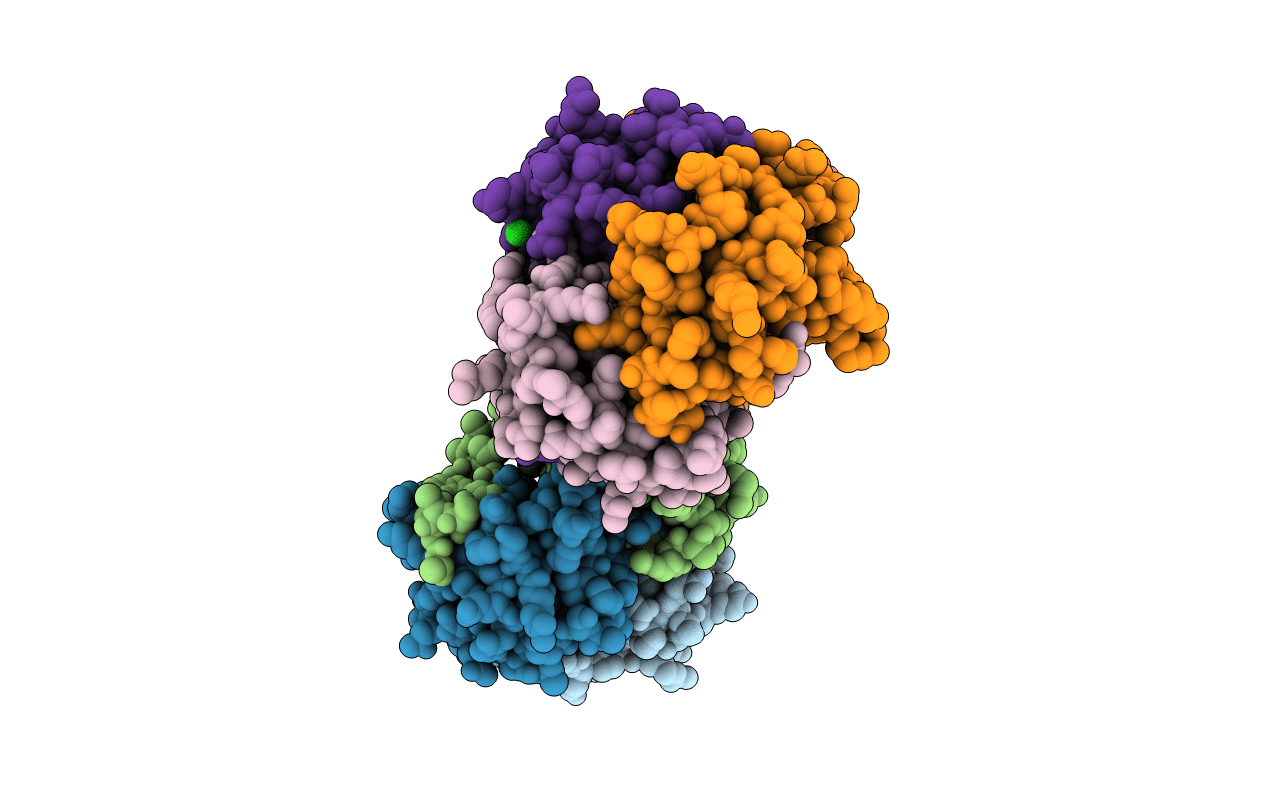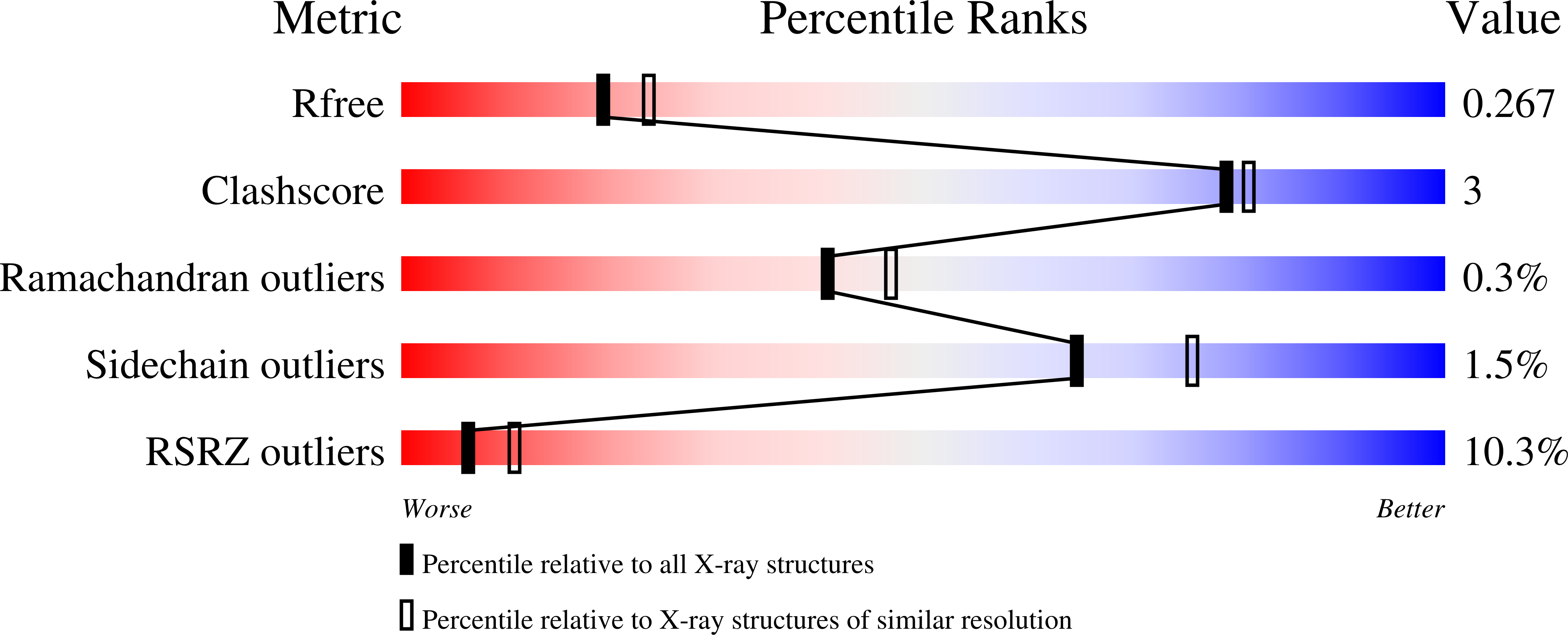
Deposition Date
2012-08-29
Release Date
2013-07-03
Last Version Date
2024-10-09
Method Details:
Experimental Method:
Resolution:
2.33 Å
R-Value Free:
0.27
R-Value Work:
0.22
R-Value Observed:
0.22
Space Group:
P 21 21 21


